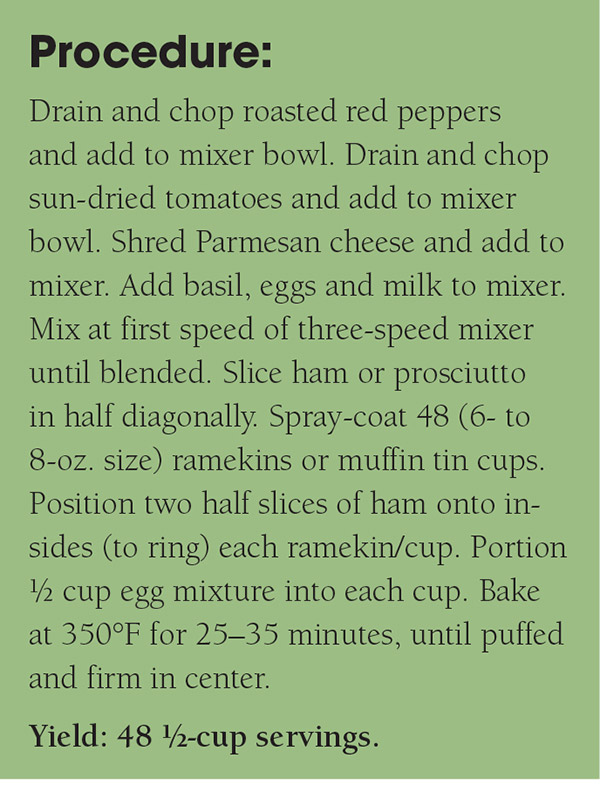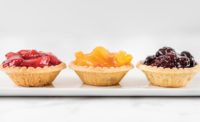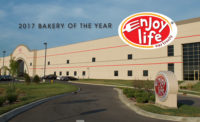Consumers are hungry for easy, quick meal solutions, especially busy Millennials and Gen Xers, blurring the lines between meals and snacks. This easy-to-prepare ham and quiche cup fits right into consumers’ on-the-go lifestyle and can be eaten anytime, serving as part of a healthy breakfast with fruit, lunch with a green salad, or a quick snack by itself in between meals.
A challenge for today’s mom is feeding her family something that everybody likes, while balancing multiple busy schedules. Single-serve portions allow for family members to get what they like, when they want it. They also take the guesswork out of healthy eating, with preportioned servings helping prevent overindulging.
Breakfast can be an especially challenging meal to keep healthy. This recipe combines nutrient-dense eggs (packed with protein, essential vitamins and minerals) with peppers, tomatoes and basil. Most consumers struggle to eat the recommended servings of vegetables each day; incorporating them into breakfast helps keep consumers’ healthy lifestyle on track.
This recipe is a nostalgic throwback to the ubiquitous quiches of the 1980s. Today, it fits right into the newly popular “Paleo” diet, which is based on the way prehistoric humans presumably ate before modern agriculture and food production, favoring meat, eggs and vegetables.
These quick cups are also low-carb and easily permit a clean label. “Eating clean” is in line with consumer desires to keep up with health-and-wellness trends.
This recipe wouldn’t need much work to be ready for commercialization as a frozen, heat-and-eat item. The main concern would be freeze-thaw stability, so it might be necessary to add a gum or starch to the egg batter to maintain the texture through the multiple cook processes. Another way to preserve the texture would be to replace the Parmesan with a higher-moisture cheese, such as shredded mozzarella or provolone.
The vegetables would need to be individually quick-frozen (IQF), and the oil-packed, sun-dried tomatoes would need to be swapped for dried, which would be rehydrated in water before incorporation into the batter.
To make the quiche cups scalable for baking in a plant, they would need to be baked in individual paper cups, rather than in muffin tins or ramekins. After cooking, cooling and blast freezing, the end consumer would reheat and eat the product directly from the paper cup.
Single-serve packets of sriracha or other hot sauces could be included with the cups for a sure-fire win with consumers. Other vegetables and cheeses could easily be added to create a line of stock-keeping units (SKUs) to resonate with today’s health-conscious consumers, including varieties like kale, feta and Kalamata olive; caramelized onion, mushroom and goat cheese; and jalapeño, spinach and artichoke.






